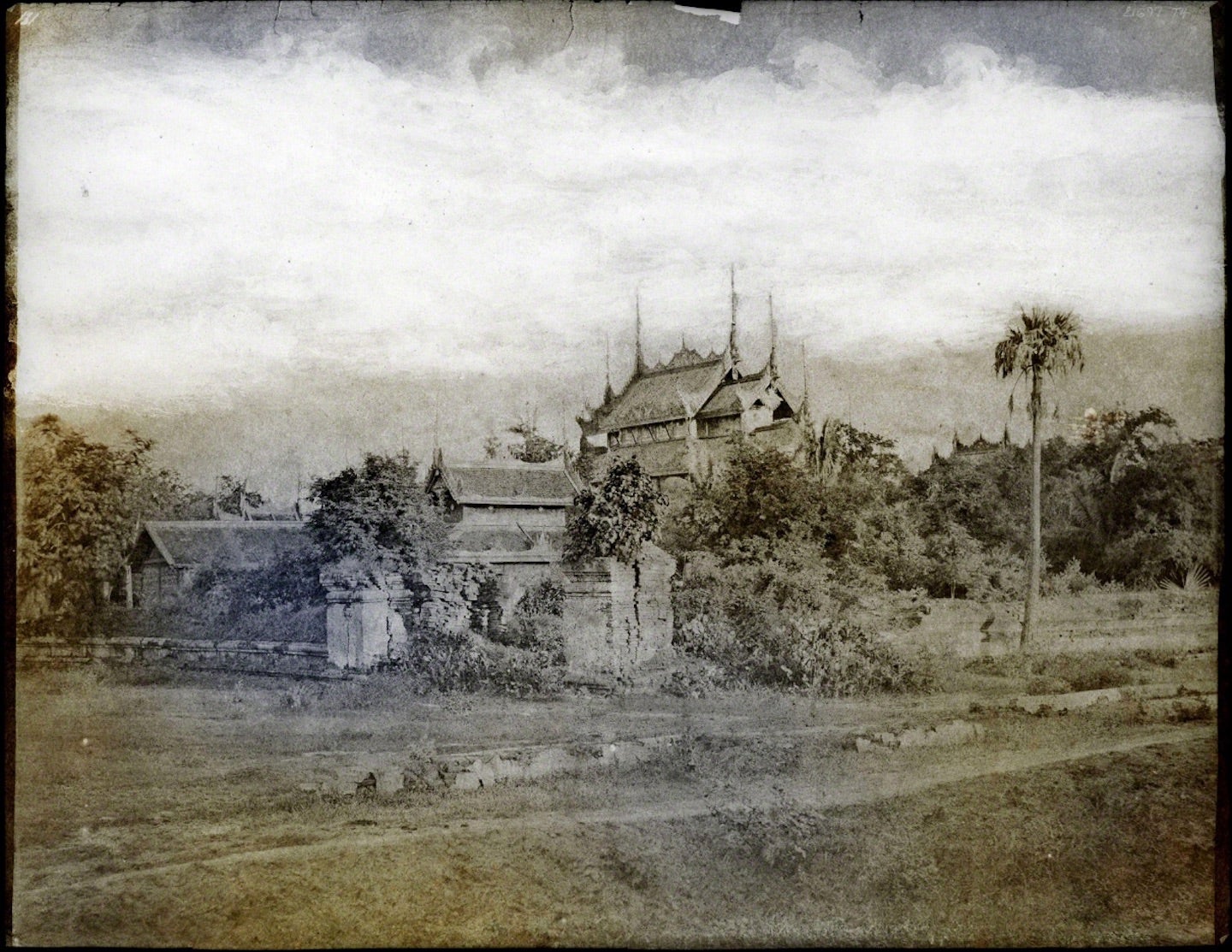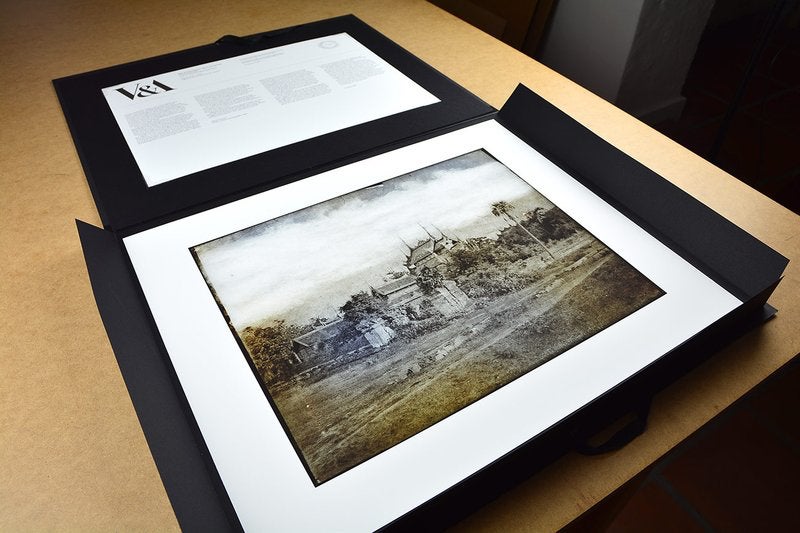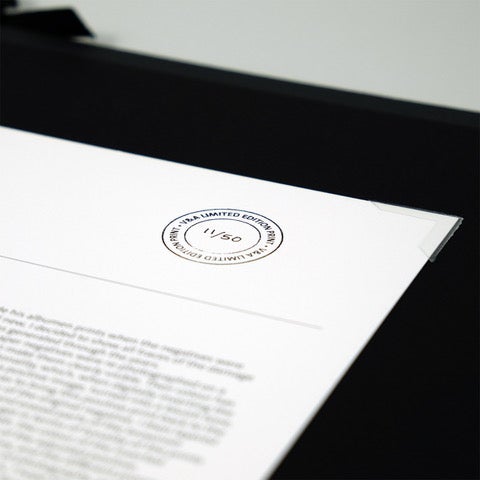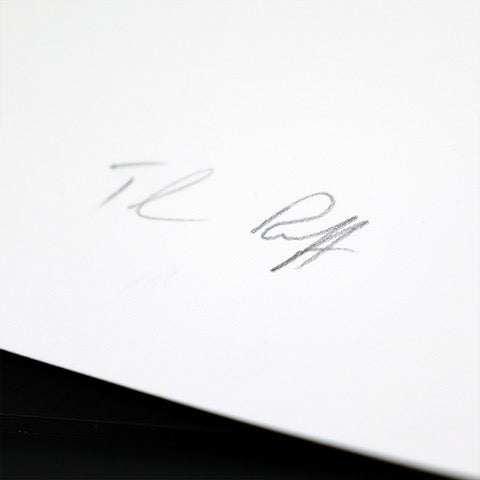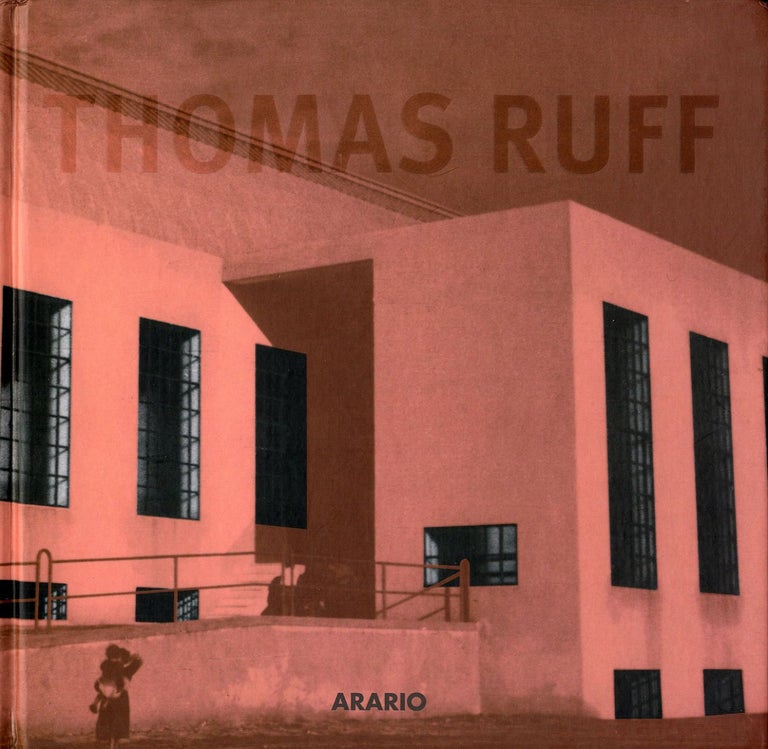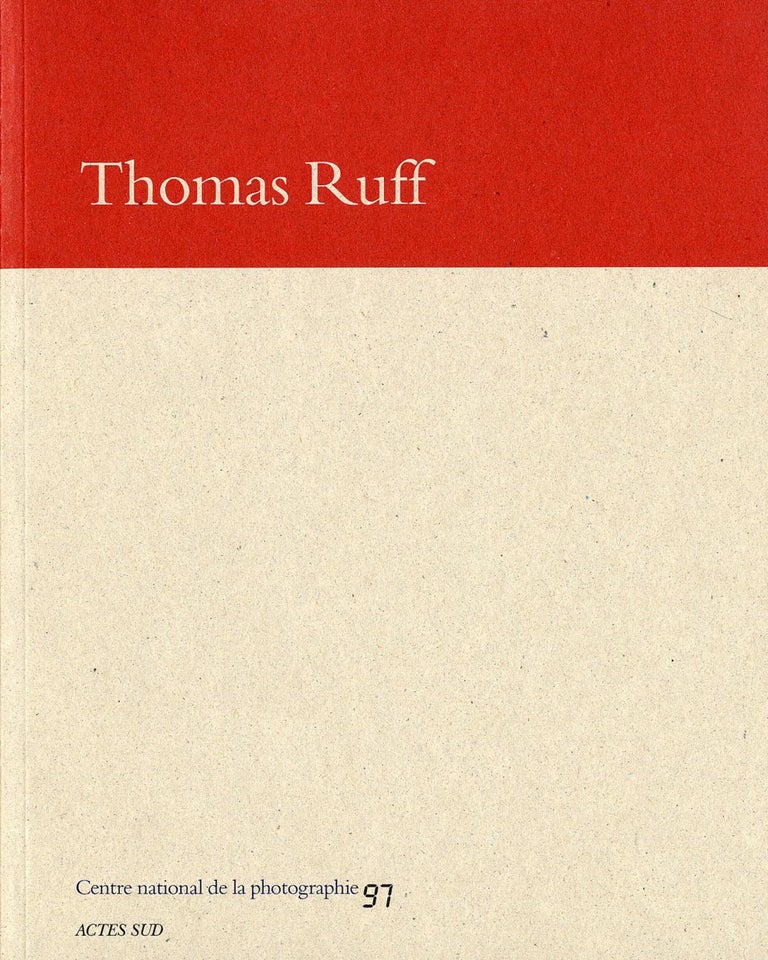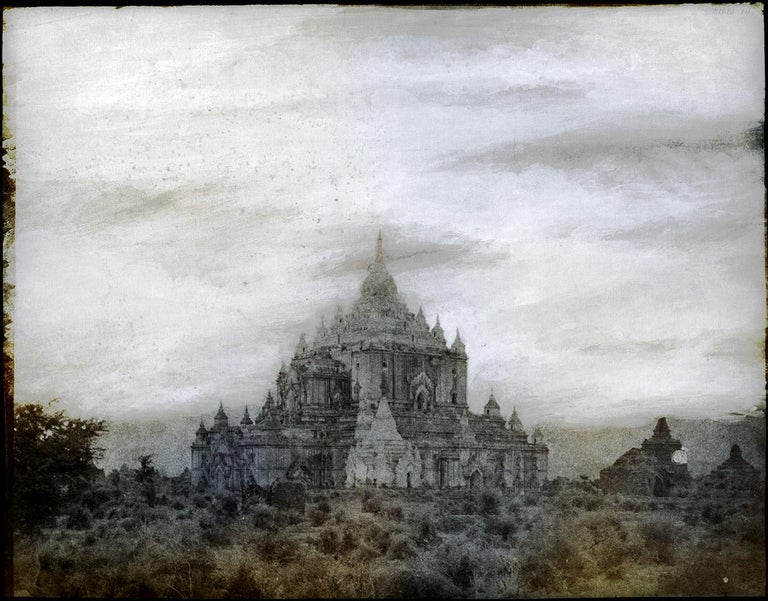Thomas Ruff: "Tripe 09 (Amerapoora. My-au-dyk Kyoung), 2018," from the Series, "Tripe | Ruff," Limited Edition (Digital Archival Pigment Print on Rag Photographique Paper)
Publisher: Düsseldorf and London: Thomas Ruff and Victoria & Albert Museum, 2018
Condition: New
Item #: 113914
$1,750.00
Specifics
SHIPPING NOTE: Due to size and weight, additional shipping fees apply (calculated at checkout).
A limited edition digital pigmented inkjet print "Tripe 09 (Amerapoora. My-au-dyk Kyoung), 2018," from the series "Tripe | Ruff, 2018," from an edition of 50 + 5 A.P. (this being #13/50). Printed on Rag Photographique Paper by Grieger, Düsseldorf to archival museum standards and presented in a custom-made folio enclosure. The print is signed and numbered by Ruff on verso. Presented in a portfolio with text by Thomas Ruff and Martin Barnes, Senior curator, Photographs, V&A. Paper size 40 x 50cm; image size 30 x 38.3cm.
Condition
New. The print and portfolio enclosure are in flawless condition.
Description
From the Victoria & Albert Museum exhibition statement: “Inspired by some of the earliest photographs of India and Burma (Myanmar), Ruff's series, "Tripe | Ruff," commissiond by the V&A, reimagines a set of 1850s architectural and topographical images by British Army Captain and photographer Linnaeus Tripe. Encompassing over twenty prints, "Tripe | Ruff" is the latest series in Ruff's 35-year investigation into the medium of photography.
In preparation for the series, Ruff scoured the museum's collection of over 800,000 photographs. He was captivated by the haunting quality of Tripe's large-format paper negatives, revealing temples, palaces and monuments that in some cases no longer exist. Made over 160 years ago, when he was an official photographer for the East India Company, Tripe's work is widely regarded as one of the great achievements in early photography.
Ruff was drawn to the scale, beauty and aesthetics of Tripe's negatives – specifically the way in which discolouration and damage to the paper mark the passage of time. He was also fascinated by Tripe's early 'retouching' processes, in particular his painting the reverse of negatives to add different effects, such as clouds and foliage.”
About the Edition: “To mark the opening of the V&A Photography Centre, the V&A has commissioned internationally renowned German photographer Thomas Ruff to create a new body of work. Known for taking a critical and conceptual approach to photography, Ruff’s new series digitally reinterprets Linnaeus Tripe’s 1850s paper negatives of India and Burma from the V&A’s collection.
Thomas Ruff is one of the most exciting names in fine art photography. He has been the subject of multiple solo exhibitions including a critically acclaimed show at the Whitechapel Gallery in 2017. His work is held in museum collections worldwide including The Metropolitan Museum of Art, New York and the Tate.”
From Thomas Ruff: “Working with the V&A's historic photography collection adds a new dimension to my work. It's the first time I’ve ever worked with paper negatives. I was fascinated and astonished by the beauty of Tripe's negatives and how he created them. In the age of digital photographs, I find it really interesting to revisit these images. Throughout my career I have produced a lot of negatives, but I've never really looked at them, except as the master for printing. Yet, Tripe's negatives have a pictorial quality that is really incredible. Tripe | Ruff is about the history, the different processes, techniques and technology of photography, and how rich the photographic world really is. The series is about curiosity, discovering something new and beautiful, and wanting to share it with the world.”
From Martin Barnes, Senior Curator of Photographs at the V&A: “By digitally reinterpreting photographs made over 160 years ago in places such as Mysore, Rangoon (Yangon) and Trichinopoly (Tiruchirappalli), Ruff gives Tripe's evocative images a new context. He emphasises their hidden details, resurrecting them with spectacular new life. It is a kind of collaboration between artists that bridges the centuries.”


